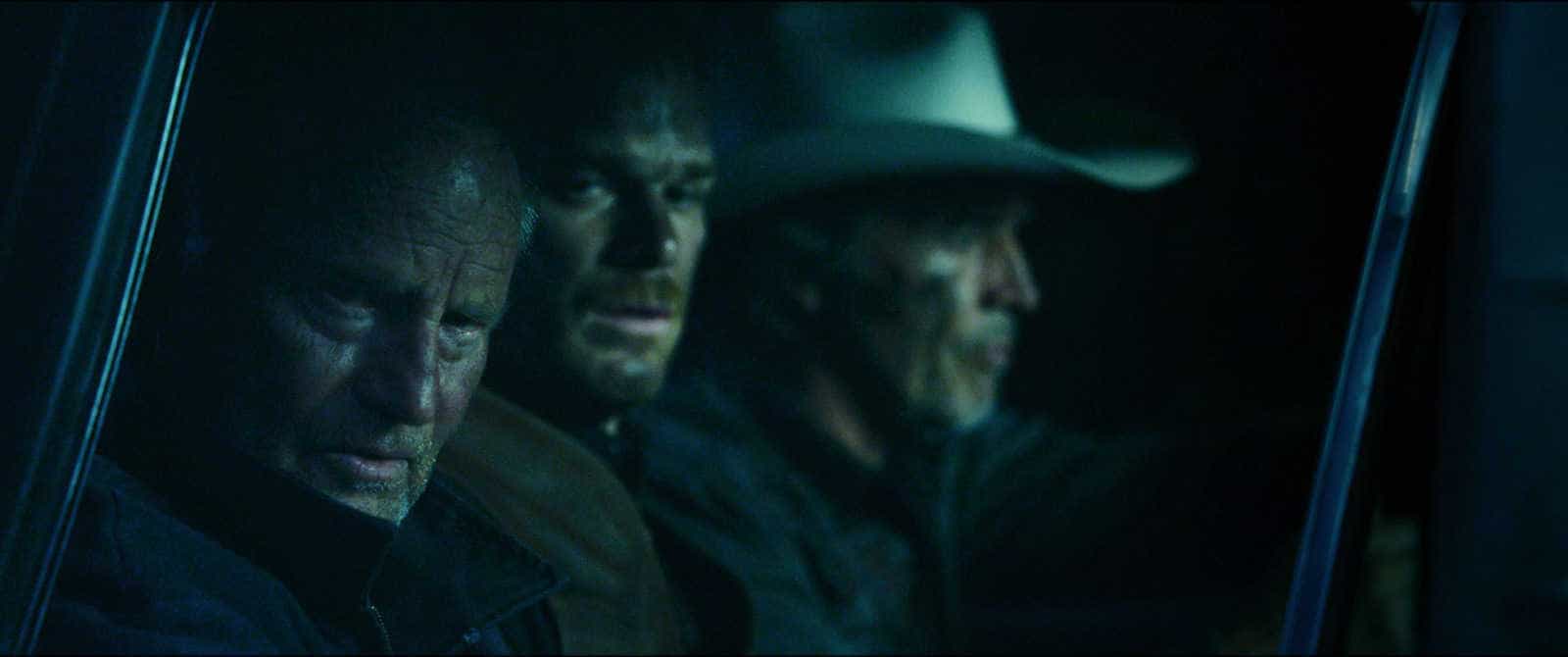
Like its Sundance competitor “Fed Up”, which tackled rising obesity rates, Andrew Rossi’s documentary, “Ivory Tower”, takes on another major problem in American society: the rising cost of college tuition and whether it’s even worth what we’re paying for it. Both docs do a thorough job of illuminating many facets of a complex and important problem, but both are also so focussed on the problems within the US that they never look outside its borders to see how other countries are avoiding such problems and to gain deeper insight.
Say what you will about Michael Moore, and I’ve probably said worse, but when making an argument about problems in American society, he often made the smart choice of showing how other places, like Canada, with a different societal mindset were spared the same grave problems: without an every-man-for-himself mentality, Canadians have access to government-funded health care and highly subsidized higher education.
Student debt is still a problem as tuition does keep going up, but what we consider exorbitant tuition – $11,000/year for an engineering degree – isn’t even half what the cheapest American institutions tend to charge. In many European countries, there is no tuition to attend university; in Denmark, you even get a stipend for living expenses from the government.
Rossi begins by outlining the issue at hand: in the US, college tuition has risen since the 1970s at a rate faster than any other commodity, from food to gas, to the point that it’s no longer possible to pay your way through state school debt-free by working a summer job. Student debt has surpassed credit card debt, reaching over a trillion dollars, and the government stands to profit. Meanwhile, the pay gap between those with a high school education and those with a bachelor’s degree is wider than ever. But even an undergraduate degree won’t guarantee you can find a job after graduation.
Mixing historical footage, present-day interviews, and footage of real events on campuses, Rossi paints a troubling picture of how we got here. A key step was Raegan’s election in the 1970s, when he ran on a platform to disband the department of education. Ever since, state funding for universities has only decreased, while tuition and student loans have increased.
Because the be-all-end-all for colleges is their ranking, which requires big research achievements and excellent facilities – both expensive – colleges have gotten into a competition to outspend and out-build each other. The best, and often private, universities keep building fancier buildings and more amenities, forcing state schools to spend and build more to keep up, driving up tuition in the process. The better your ranking, the more tuition you can charge, which means the more those on top can keep building to stay at the top.
Ultimately, Rossi argues, the cost of tuition is much higher than the cost of educating students. For example, university presidents often have multi-million dollar salaries while receiving free housing in prime real estate. For comparison, the president of my alma mater, Canada’s biggest and most prestigious university, The University of Toronto, makes less than $400,000. Rossi visits schools like Cooper Union in New York City, which has never charged tuition in its 150 years of operation, but after recently constructing a new building that cost more per square foot than a luxury hotel, the school is now in deep debt and is preparing to charge tuition to compensate.
Part of what Rossi explores in the film is the value is of a college degree: what are you supposed to get out of it, and is that really happening or useful anymore. In San Francisco, Rossi finds a group of college-age kids are part of an un-college movement, a group that tries to simulate the college experience without requiring its members to shell out an arm and a leg for tuition. In their eyes, a college degree amounts to three things: acquiring knowledge, developing a network of peers, and gaining legitimacy through a recognized qualification, a degree.
The film, however, suggests it’s not quite so clear cut. When visiting Wesleyan, Rossi films the college’s President espousing the value of a liberal arts education – the gold standard at most American institutions – where the goal isn’t to obtain useful knowledge to allow you to do a job – which may be part of the problem – but to learn how to learn and discover yourself. If that’s what colleges are aiming for, rather than helping students develop hard skills that will make them employable, is that a problem?
We meet a young Harvard student who, prior to starting his degree, had been homeless: now he has a chance at a real future. At Spelman college, the first American university exclusively for black women, we hear students talking about how empowering it is to be in a place where you’re not a minority: they can no longer define themselves as the black girl, which forces them to dig deeper.
But the film is mostly silent about educational pedigree in the US, which I find troubling. In the US, much more so than in, say, Canada, where you go to school matters: if you want to work at companies like Google or Apple, you pretty much need to have a degree from MIT, Stanford, or schools of similar ilk. It’s in the best interest of schools like this that the system doesn’t change since it allows them to make sure their graduates are the ones in positions of power.
But it’s also this system that’s driving lower tier universities to overspend and for tuitions to skyrocket across the board. While Rossi succeeds at arguing that this is a system that’s broken for most of the American population, he unfortunately seems more interested in getting us riled up and outraged, rather than in digging deeper to understand the more systemic root causes and potential ways to address the problem on a broader scale.

